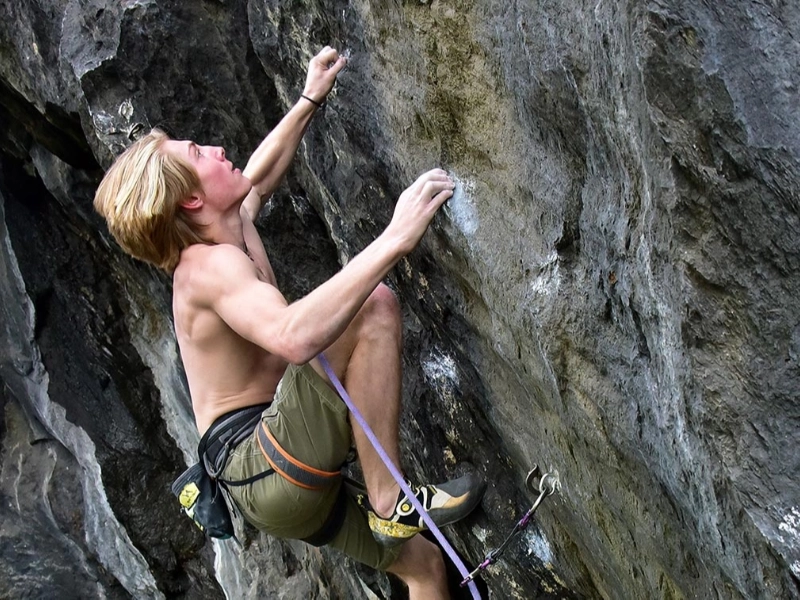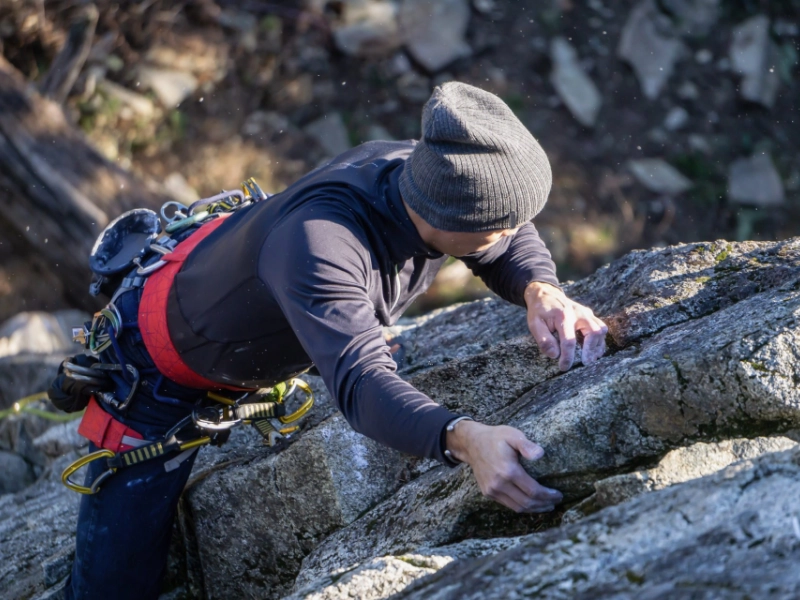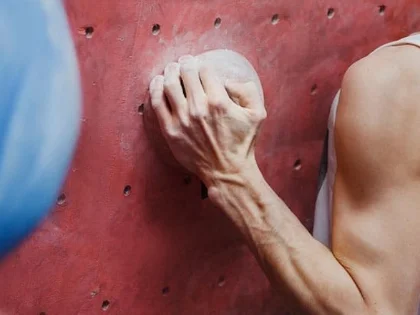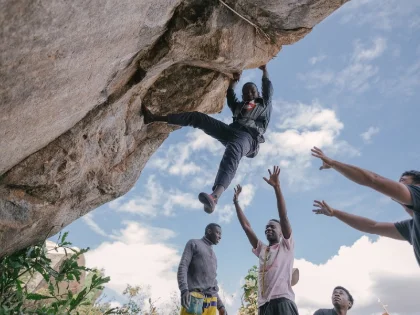Climbing Posture
Position for Climbing
When they're on the wall, climbers have enough to worry about: following instructions, getting past the pump, and staying on top of the apparatus. Even if posture might not seem like much, it's crucial to remember in order to avoid injuries and guarantee peak performance.
The good news is that by including posture-correcting activities in their training, climbers can easily avoid posture issues associated with climbing. Here are a few pointers for achieving it:.
Imbalances in muscles

You must stretch your back muscles while contracting your chest and abdominal muscles in order to climb. Over time, this might result in the dreaded climber's hunch, which can cause shoulder issues, spinal instability, and tension, in addition to looking very funny.
The issue is that as the agents driving a movement are shortened, the antagonists—who are supposed to act as a counterbalance—become more powerful. Muscle imbalances brought on by this may eventually result in discomfort and damage.
Climbers should therefore focus on strength training and mobility exercises that will help balance the stronger, more frequently used pulling muscles with the weaker, less frequently used pushing muscles. This will not only help with posture but also enhance climbing efficiency. We'll talk about this in more depth down below.
Climbing customs

The majority of enthusiastic climbers dedicate their time to activities that bolster their self-esteem and strength on the crag. This includes sanding tips, cleaning a route, brushing grips after each pass, and even transporting several pads to far-off locations. They realize that by performing all those menial chores, they will improve as climbers.
Climbing makes it easy to fall into unhealthy habits, especially when you're focusing on your upper body. This frequently leads to awkward footwork. Oppositional foot postures, or flagging, when one leg hangs limp from the hips, are common issues.
Try to always be standing on the foot that provides you with the optimal cross-body tension for a maneuver in order to prevent these ineffective situations. In this manner, matching a handhold will be possible without requiring you to alter your footing or put yourself in the dreaded barn door position.
Tools

For climbers, climbing technique and posture are tightly related. While bad posture is occasionally simple to spot, it is more frequently difficult to spot and requires a knowledgeable training partner, coach, or physiotherapist to do so. Climbing equipment can also lead to poor posture since carrying heavy equipment can provide an unequal weight distribution that strains the shoulders and back, and wearing a harness for extended periods of time encourages slouching.
Maintaining proper posture can boost energy levels, reduce the risk of back problems, and give climbers a more certain appearance. Climbers can enhance their posture by stretching, attempting to maintain a neutral spine when not climbing, and including posture-correcting activities like thoracic extension and scapular retraction in their training regimens. It can be easier to recognize tense muscles and facilitate the release of tension by using equipment like foam rollers and exercise balls. A minor sensation of cracking in the muscle is a reliable sign that the tension has been released. It is important for climbers to take regular breaks and rest periods so that their bodies may heal from the repeated strain on their upper musculature.
Workouts

Although climbers' special stance enables them to hold onto the rock and ascend to enormous altitudes, it can also result in neck and back pain. Muscle imbalances that cause pulling muscles like the pecs and lats to overdevelop are the root cause of the issue. These muscles may overpower the pushing muscles required for proper posture, causing the climber to slouch and hunch forward.
Climbers should use pushing techniques and posture-maintaining activities to counter this. The ring pull-up is one exercise that is ideal for this. The erector spinae, the inner back muscles used in this exercise, help to bring the shoulders back and enhance posture.
Not only is Quasimodo's climbing stance detrimental to your back, but it also degrades your performance and raises your chance of injury. Luckily, with a little mobility, strength, and movement training, the dreaded climber's hunch is entirely preventable. You may look nice, climb like a pro, and avoid the dreaded hunch from affecting your spine by following these tips.








